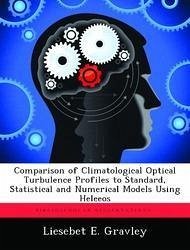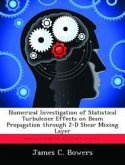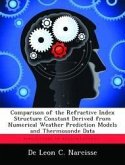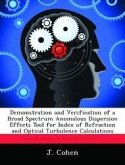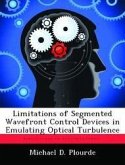Optical turbulence within earth's atmosphere plays a significant role in electromagnetic radiation propagation from a high energy laser. The index of refraction structure constant, Cn2, characterizes turbulent spatial fluctuations due to temperature gradients. These changes in the index of refraction affect the intensity of the laser wave front on its intended target. It is important to characterize this parameter throughout the atmosphere, the boundary layer and above, for its applications regarding the Airborne Laser (ABL) and the Advanced Tactical Laser (ATL). There are several ways to obtain values of optical turbulence, including standard and statistical models, physically-based numerical models, and climatological compilations of observed values. The purpose of this paper is to quantifiably compare standard, statistical, and numerical models of Cn2 to climatological values using the High Energy Laser End-to-End Operational Simulation (HELEEOS), to determine whether or not each model will yield values similar to that of actual measured optical turbulence data. The study shows that HELEEOS is a powerful tool in atmospheric optical turbulence prediction, not only because it has the capability to use standard optical turbulence profiles like Hufnagel-Valley 5/7 (HV 5/7), but it can also incorporate correlated, climatologically-derived turbulence profiles--a technique specifically developed for HELEEOS. The comparative analysis in this research appears to validate the HELEEOS method for correlating climatological Cn2 to other meteorological parameters. Worldwide dwell time estimates vary more than 4 s for tactical low altitude oblique scenarios using this new technique compared to HV 5/7.
Hinweis: Dieser Artikel kann nur an eine deutsche Lieferadresse ausgeliefert werden.
Hinweis: Dieser Artikel kann nur an eine deutsche Lieferadresse ausgeliefert werden.

